“If we treat people as if they were what they ought to be, we help them become what they are capable of becoming.” – Goethe
In Latin, alter ego literally means “second I”. An alter ego can be thought of as a person’s clone or second self. A professional alter ego might be a trusted aide who knows exactly what the boss wants done. A personal alter ego might be a close friend who is almost like a twin. Alter ego can also refer to the second, hidden side of one’s own self. In Robert Louis Stevenson’s classic The Strange Case of Doctor Jekyll and Mr. Hyde, Dr. Jekyll is a good-hearted, honorable man; but after taking a potion, his alter ego, the loathsome and diabolical Mr. Hyde, takes over his personality. 1
The Alter Ego is a great tool used by some of the most successful people in the world to bring forth their heroic and expanded selves. Just like the mild-mannered Daily Planet reporter Clark Kent’s alter ego, who transforms into the superhero character Superman mostly in phone booths. Various entertainers use their alter egos as a motivating force to transform into their performant selves. Some of them released albums to introduce their alter egos such as Beyoncé’s I Am … Sasha Fierce, Janet Jackson’s Damita Jo, Mariah Carey’s The Emancipation of Mimi. Others sing, rap, write and express their art through their second identities. Other artists use their alter egos in their art – Eminem as Slim Shady, Nicki Minaj as Roman Zolanski, Tyler, the Creator as Tyler Baudelaire, Shock G as Humpty Hump etc.
Sports personalities are also synonymous with creating alter egos for their athletic self. Some popular alter egos of athletes include Earvin “Magic” Johnson, Mike Tyson as Iron Mike, Kobe Bryant as Black Mamba, Julius Erving as Dr. J, , Deontay Wilder as Bronze Bomber, and Lesley Paterson as Paddy McGinty.
- Eavin Johnson as Magic: To me, being known as Magic Johnson has always been an honour and a great motivator. I’ve spent the rest of my career trying to live up to it.
- Kobe Bryant as Black Mamba – My vision was to build a brand and do all these things.” (Bryant was born a brand, named after the Kobe beef at a Japanese steak house in King of Prussia, Pennsylvania.) “Now everybody’s telling me I can’t do it,” “The name just evokes such a negative emotion. I said, ‘If I create this alter ego, so now when I play this is what’s coming out of your mouth, it separates the personal stuff, right?’ You’re not watching David Banner—you’re watching the Hulk.”
“When I step on that court, I become that. I am that killer snake. I’m stone cold, man.”
- Deontay Wilder as Bronze Bomber: “For me, when I turn into the Bronze Bomber, it separates me from all these other fighters. It makes me channel into another dimension that is scary. It’s scary! I have a scary feeling when I turn into that man because I feel stronger. The way my mindset is, the energy that is channeling! All of that is real.”
For me, when I turn into the Bronze Bomber, it separates me from all these other fighters. It makes me channel into another dimension that is scary.
- Lesley Paterson as Paddy McGinty: “Inspired by the hard men I used to ride with in Scotland, my alter ego is a tough Celt called Paddy McGinty. He’s the guy you want next to you when it all kicks off, someone not fazed by the circumstances, an incredible capacity to get the hard work done. Rain or shine. It’s like having an instant super hero. When I put on Paddy’s costume (my race kit), I can become all things I want to be on the start line”.
Your true self might be shy, self-critical, and easily intimidated by the competition, but what if for just a few hours you could try on a new athletic identity—someone who thrives in competition, has tons of confidence, refuses to quit, and doesn’t care what others think? They aren’t just for superhero movies or people with dissociative identity disorders. Using an alternative identity can play a strong therapeutic role in psychotherapy, and new evidence suggests that pretending can favorably alter your biochemistry and improve performance. Yes, “fake it ’til you make it” is now backed by science.
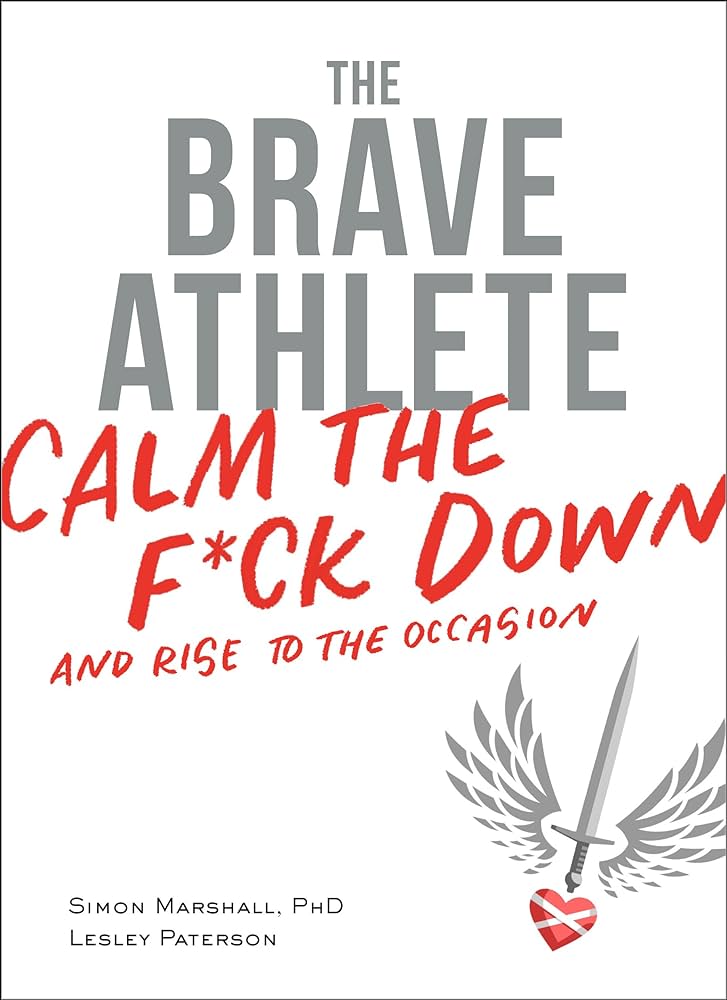
We all play different roles in life and transform into different identities based on the environment and situation in which we find ourselves. We are employees to our employers, children to our parents, parents to our kids, friends to our peers, etc. Subconsciously, we have to alter egos that we transform into depending on the environment, situation and context in which we find ourselves. Most of us have different personalities on social media, school, home, family gatherings or social settings. We transform into these identities to fit with the norm of the society or tribe in which we find ourselves. What if we could transform into our authentic/heroic/expanded self instead of the fake/trapped/confined self? We could transform and be kryptonite like Superman, fierce as Beyonce, emancipated as Mariah, and unique as ourselves.
As the American poet and essayist Ralph Waldo Emerson once quipped, “To be yourself in a world that is constantly trying to make you something else is the greatest accomplishment.” Becoming oneself in the age of social media is extremely tough as our social avatars are becoming stronger than our authentic selves. Delineating the line between where the facade of our social self and the real self ends is becoming very blurry. We constantly try to live up to the numerous expectations of our work, family, and societal personals, but keeping up with these multiple personas can be draining. Your expanded self is that part of yourself that needs to be activated for greatness, and it will not come forth if you don’t activate it. The artist that uses their alter egos, activates their creative persona to separate their true self from their performant self.
The greatest danger for most of us is not that our aim is too high and we miss it, but that it is too low and we reach it. – Michelangelo
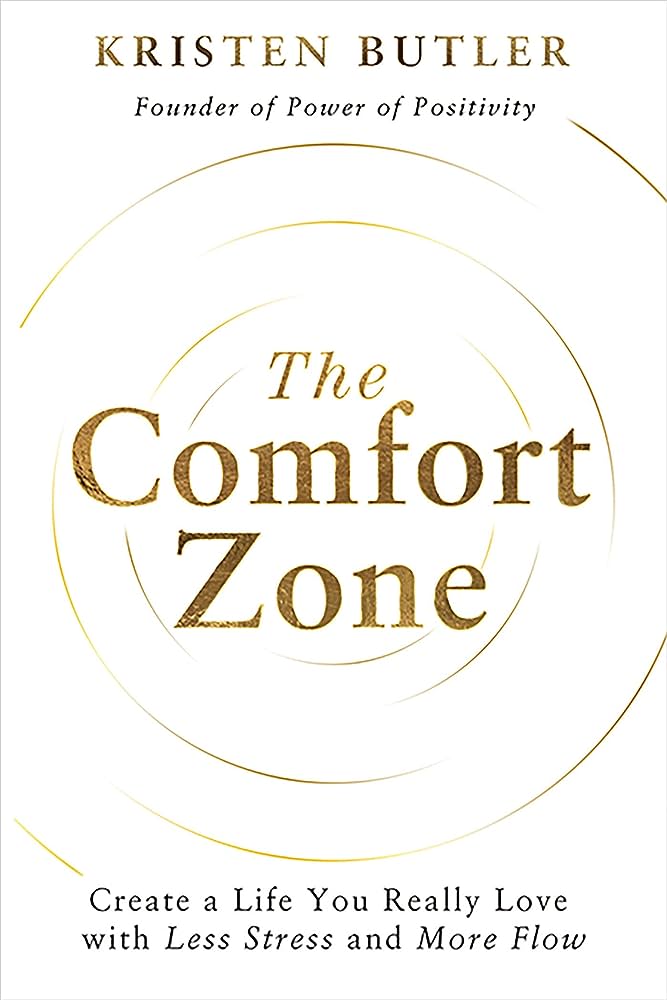
Transform into your Expanded Self 2
There is a version of you who is the person that has everything you desire, who shows up in the ways you want to show up, who runs your dream business, who is in your dream relationship, who is the type of parent and partner you want to be. Your Expanded Self is what you’ll put into your GPS when prompted to enter your destination. Even though the word destination suggests some finality, you never really catch up with your Expanded Self, because the moment you become that version of yourself and start living your expanded life, you have a new Expanded Self to work toward.
The Expanded Self is in harmony within the environment that might be uncomfortable for you as you are today. In fact, many things about this new self—including your thoughts, beliefs, habits, mannerisms, and wardrobe, the way you carry yourself, the way you talk, etc.—might be different from the today version of you. Sometimes people will create an image of their Expanded Self and call it an alter ego.
Sasha Fierce
- The shy and introverted performing artist Beyoncé did this when she created a version of herself named Sasha Fierce, a fiery powerhouse of a performer who doesn’t hold anything back.
Marilyn Monroe
There is a famous story about Marilyn Monroe that was shared after her death by Milton Greene, her personal photographer. Marilyn and Milton were walking in New York City, a city that Marilyn loved because she could be anonymous there. She was in her regular clothes and not wearing makeup. As they walked, people passed her by without a second glance. No one recognized her. She then turned to Milton Greene and asked, “Do you want to see me become her?” He didn’t know what she meant but said yes. Within seconds, Marilyn shifted something inside of her. The change was so subtle, almost imperceptible. But suddenly, cars started slowing down; people started staring. As though a veil had been lifted and her identity revealed, people suddenly knew who she was.
“Sasha Fierce and Marilyn Monroe are both Expanded Selves who were embodied fully. Marilyn’s real name was Norma Jeane Mortenson. Norma Jeane became Marilyn in the same way that Beyoncé became Sasha Fierce when she stepped in the spotlight.”
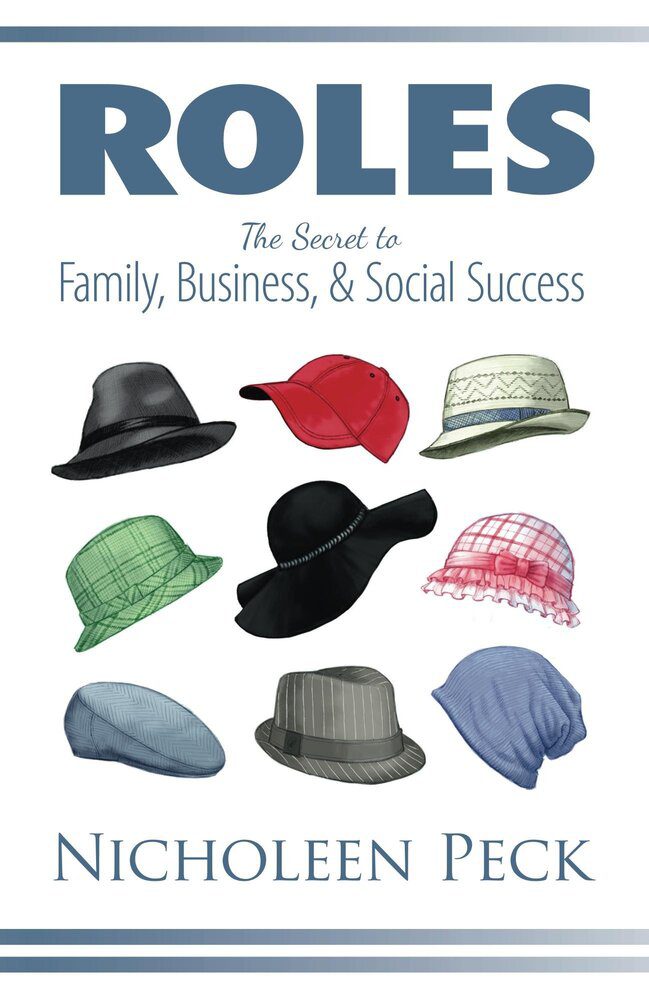
Identities don’t create roles. Instead, roles create identities. Our society is struggling because we don’t know who we are.
Understanding our Roles 3
Life is about roles. It’s about what you understand about your roles, and other peoples’ roles, as well as what you do differently because of your unique roles. Roles link us all together. They give us our identities. Identities don’t create roles. Instead, roles create identities. Our society is struggling because we don’t know who we are.
Families fall apart if children and parents don’t live their correct roles. A government becomes corrupt and falls apart if it don’t know its role. A church loses its influence for good if society doesn’t understand its role. And people don’t find purpose or fulfillment if they don’t know or live their self-evident roles. This doesn’t mean all people or families have to look the same. It just means that each family needs to deliberately think about and take action on what roles they know God intends them to have with each other.
“Every living and non-living thing has a role. It’s part of the story of the world. To find more freedom we need to acknowledge true roles… and live them deliberately.”
Meditation
- Daily Calm with Tamara Levitt – The Breathing Space
- Mindfulness isn’t a practice of trying to be a certain way or changing anything. It is a practice of turning towards ourselves, listening, and accepting whatever is happening at the moment. In a sense, it is becoming our own best friend so that we can support ourselves through whatever is happening in our lives. No matter how hard or disappointing it feels.
- Daily Jay with Jay Shetty – “I” Statements
- These statements begin with “I” and focus on the speaker’s feelings and not the other person’s actions. Psychologists have found that using “I” statements can reduce hostility and defensiveness while providing the perspective to navigate away from conflict. “I” statements allow us to demonstrate ownership over our feelings and allow the other person to receive our messaging in a way that doesn’t put them on the back foot. “I” statements signal that we assign fault for our emotions; they prevent the blame game, display openness and a desire for resolution.
- You experience emotions, but the emotions aren’t you, so try to observe them without judgment.
- Daily Trip with Jeff Warren – Handle with Care
- Life can be lived in many ways: Rushed, Angry, and we can do it with care.
Podcast
- 6 Steps to OVERCOMING Self Doubt And CONQUERING Your Fears! | Lewis Howes
All the Best in your quest to get better. Don’t Settle: Live with Passion.
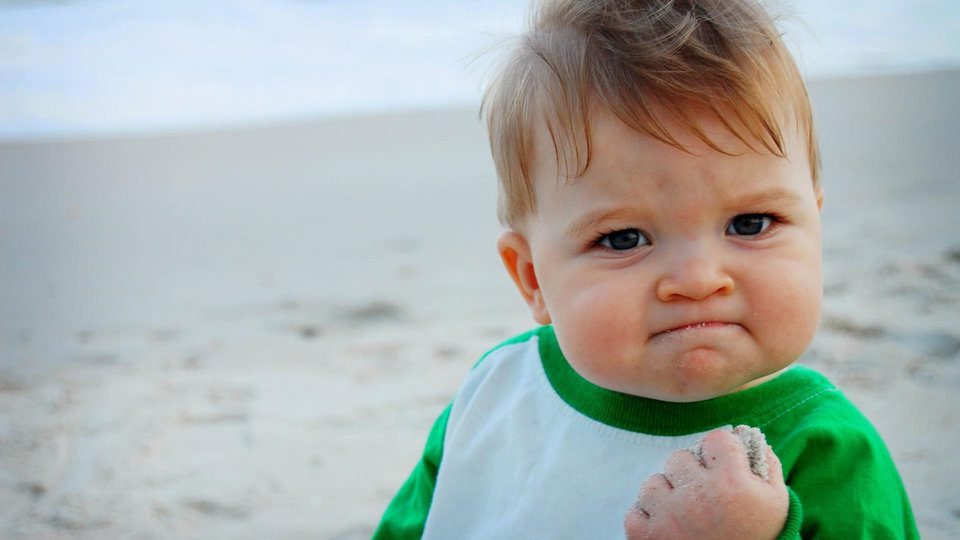
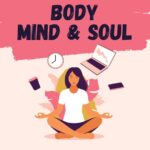

Comments are closed.